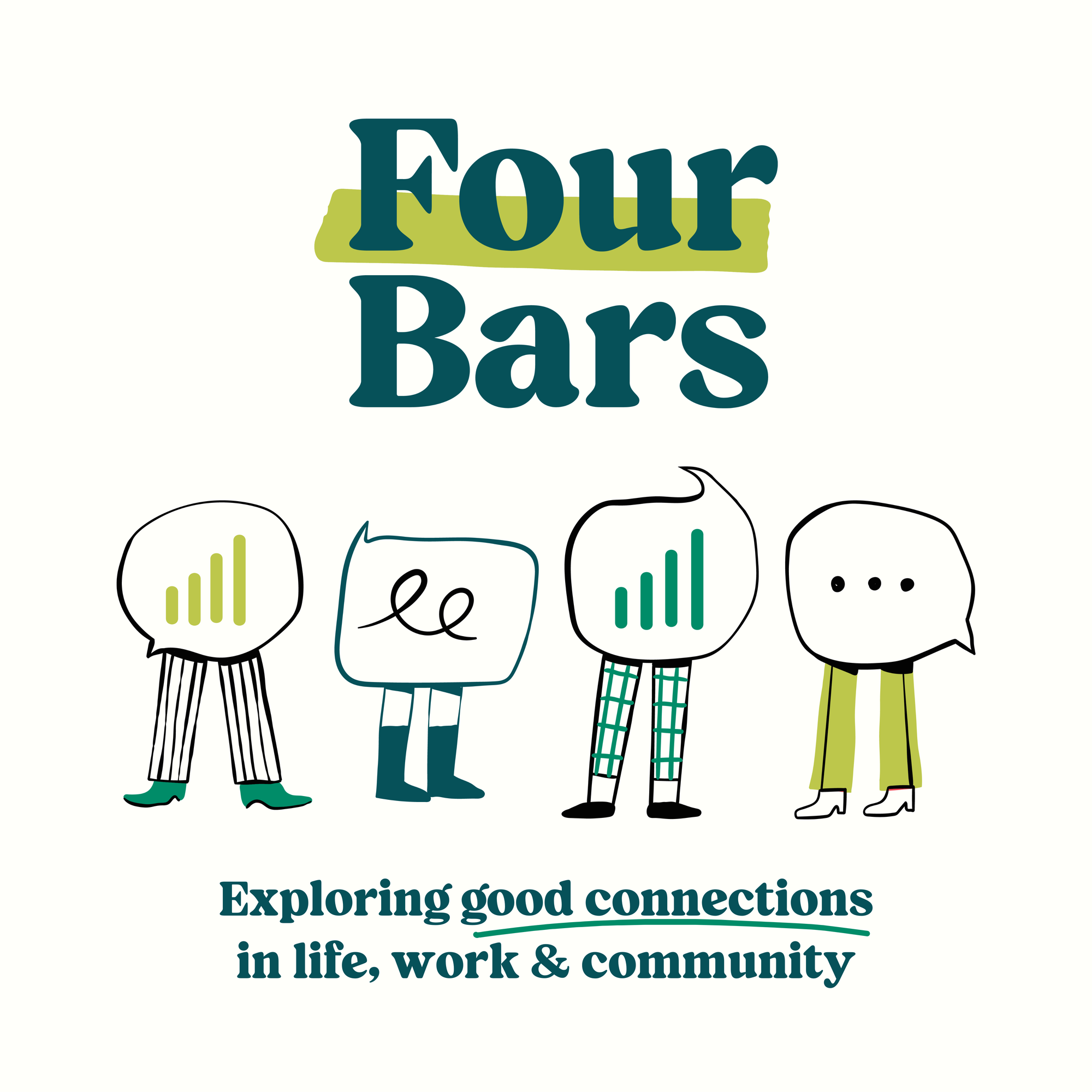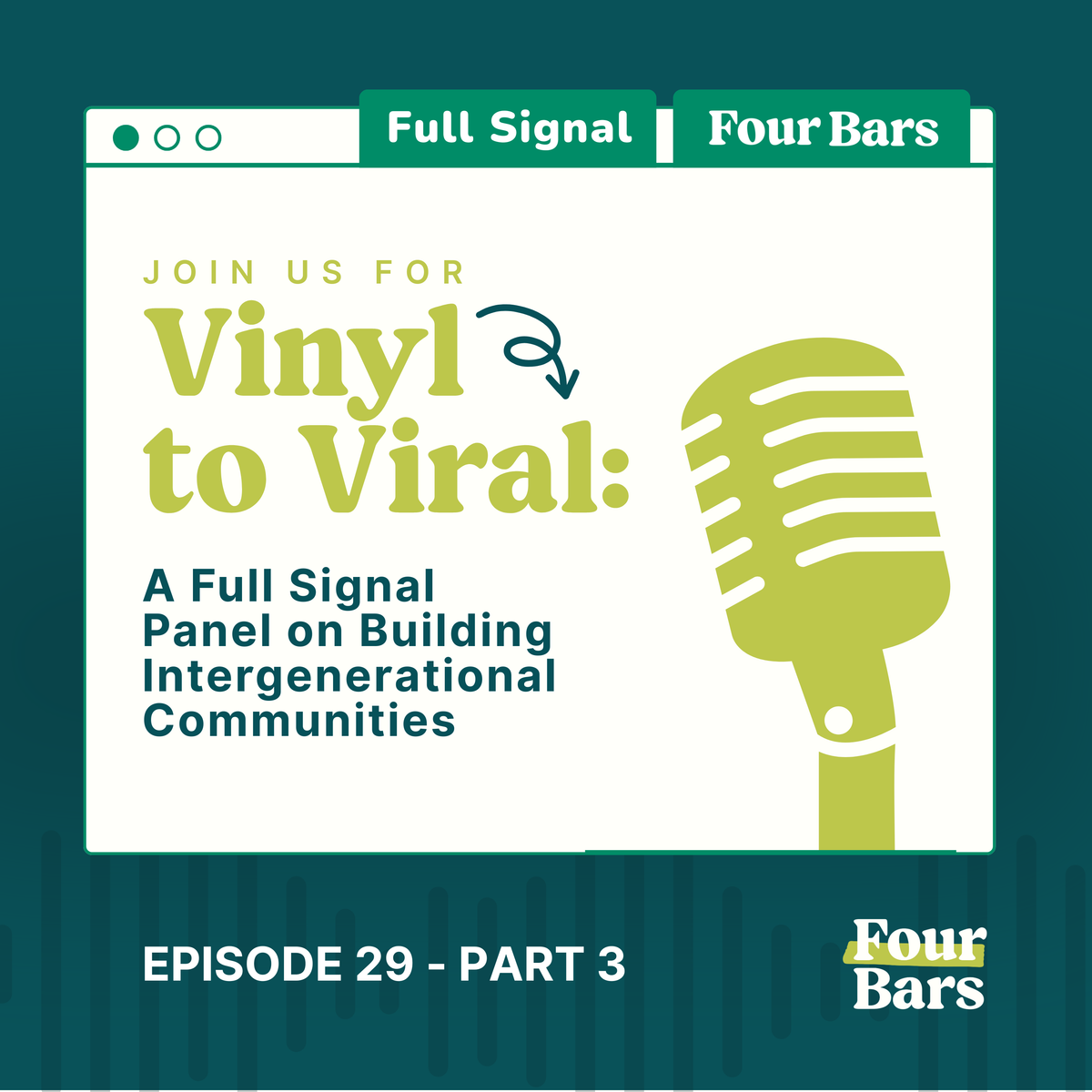Ever wonder why a single broken promise can feel heavier than a hundred kept ones? We dive into trust as a lived currency—earned in tiny deposits, lost in a moment—and trace how reliability, discretion, and protection build bonds that last. From a Marine’s battlefield trust to the everyday courage of sharing a secret, we connect the dots between personal integrity and the health of whole communities.
Music and film become our bridge. We talk about the way Lauryn Hill, D’Angelo, and even a beloved 80s anthem unlock memories and soften defenses, and how a modern remake can connect a daughter to her mom through the same lyrics in a new voice. Art speaks where words stop, letting grief, humor, and reverence sit at the same table. That shared emotional ground opens deeper questions about class, privilege, and how culture first learned to take young people seriously.
The conversation turns practical and personal: is community work or instinct? We make the case for intentionality, showing how listening beats lecturing, and how vulnerability across age lines turns debate into problem-solving. One powerful story reframes a generational divide: older adults could reinvent themselves between summers; younger adults live with an unerasable digital record. That insight helps recast identity exploration as a universal human need to try on selves safely.
We also talk tech with humility and grit. Grandkids as patient tutors. Texts over calls. Phones as study tools rather than distractions. Curiosity over comfort becomes the throughline, whether it’s learning a new app or giving grace to different learning styles. And we look ahead to concrete solutions: intergenerational housing, campus-adjacent communities, programs that normalize daily contact, and the role of storytelling in reducing bias and passing wisdom forward.
If you’re hungry for practical hope—ways to knit neighborhoods, families, and teams across age, culture, and belief—this conversation offers language, examples, and next steps. Subscribe, share with someone older or younger than you, and leave a review with the song or story that bridges your generation gap. Your story might be the bridge someone else needs.
Follow and stay connected:
Website: fourbarspodcast.com
YouTube: youtube.com/@FourBarsPodcast
Instagram: @edges_Inc
Facebook: EDGES Inc.
LinkedIn: EDGES Inc.
Never miss an update—follow, subscribe, and join the conversation!
More About this Episode
Building Bridges Through Trust, Art, and Technology: A Path Toward Meaningful Intergenerational Community
At the core of human connection lies a universal truth. We all want to be seen, heard, and understood. This longing crosses age groups, backgrounds, and beliefs. Yet, building authentic connections across generations often requires effort, humility, and a shared willingness to engage.
This was made evident in a recent panel discussion, where people of different generations came together to share stories, insights, and challenges. What came forward was not just a series of personal memories but a collective realization that real community is not something that simply happens. It is something we choose to create through consistent and intentional action.
Trust as the Cornerstone of Connection
Rey, a panelist from the Baby Boomer generation, opened the conversation with a vivid metaphor. He described trust as a bank account, something you slowly build up over time, but that can be emptied with a single misstep. For him, trust meant knowing someone would guard your confidence, defend you, and be by your side when it mattered most.
This perspective struck a chord with younger participants who referenced similar metaphors like Brene Brown’s jar of marbles. Though the metaphors differed slightly, the message remained the same. Trust is delicate, it takes time to earn, and it is difficult to repair once broken.
For younger generations who have grown up in an age of digital transparency, building trust often involves a different kind of vulnerability. Their lives are documented in photos, videos, and social media posts. This creates new complexities in building relationships and adds layers to how trust is given and received.
Music and Art as a Bridge
Another key theme was the role of art and music in fostering understanding across generations. Jeremiah, one of the Millennial panelists, shared how artists like D’Angelo and Lauryn Hill influenced not only his personal life but also his emotional well-being. He explained that their lyrics expressed emotions in a way that words alone often cannot.
He gave an example of a song called "Smile" by D’Angelo, where the only lyrics are "You helped me smile again." He noted that if someone had been in a place where smiling felt impossible, those simple words could resonate in a deeply personal way.
Malia added a personal anecdote about playing a modern remake of a song by her favorite band in the car with her mother. Her mom immediately recognized the lyrics from the original version, which had been performed by a girl group she loved. Although the instrumentation and vocals were different, the connection between the two generations was immediate. It was a shared emotional experience brought on by familiar lyrics with a new sound.
These stories highlight the ability of music and art to reach across age gaps. They allow people to connect through shared emotions even when the packaging looks or sounds different.
Identity, Parenting, and Generational Influence
The discussion also touched on how upbringing and cultural norms shape our expectations of ourselves and others. One speaker shared a personal story about forming a close friendship with someone much older and very different in terms of religion, politics, and background. At first, she was guarded and afraid to express her true self. However, a conversation about high school cliques and identity eventually led to a breakthrough in understanding.
She explained that her generation often did not have the luxury of experimenting with personality or identity because their lives were constantly documented online. In contrast, older generations could return to school after summer break with a completely new style or social group without that history following them.
She shared that the one area where her generation was more openly allowed to explore identity was in relation to gender and sexuality. Her friend did not necessarily agree with her perspective, but he understood the underlying human need for self-discovery and acceptance. This moment of mutual understanding transformed their relationship from guarded to open, built not on agreement but on empathy.
Community Requires Intentional Work
One of the audience members posed a thoughtful question about whether community is something that comes naturally or if it requires effort. The answer from the panel was clear. Real community requires work.
One panelist described community as soul-to-soul connection. It is not just about talking or being in the same room. It is about giving of yourself emotionally and spiritually. That kind of connection does not just happen. It must be nurtured with patience, vulnerability, and respect.
Another speaker highlighted how older generations sometimes feel left behind. They may feel like they have wisdom to share but are no longer valued. That creates a temptation to withdraw. But building community means continuing to show up, to listen more, and to remain open even when it feels difficult.
The Role of Technology
Technology was another powerful thread in the conversation. For many older participants, adapting to new tools like texting, video calls, or even artificial intelligence has been daunting. One panelist joked that he had just discovered ChatGPT and might need counseling for his new obsession.
Others mentioned that communicating with their children and grandchildren became easier once they embraced texting or social media, even if it felt unnatural at first. For some, adapting was less about personal preference and more about maintaining relationships.
There were also reminders that technological literacy does not automatically come with age. Sometimes younger people have to guide their elders through the digital world, and other times the reverse happens. A humorous story came up about someone who struggled to respond to a voice note until her son explained how to do it. Ironically, she had been the one who introduced the technology to her friend in the first place.
These stories underscore the importance of adaptability. Technology can be a barrier, but it can also become a bridge if we are willing to learn from each other.
Breaking Cycles Through Listening and Storytelling
A particularly moving moment came when a panelist in his eighties shared that he had never once heard his father say “I love you” or “I am proud of you.” This kind of emotional distance was common in older generations, where expressions of affection were often seen as unnecessary or weak.
Yet, in his words, he also expressed hope and admiration for younger generations who are more willing to ask questions, seek emotional clarity, and extend grace to others. There is a recognition that while we each carry the marks of our upbringing, we also have the power to shape a different future through listening and vulnerability.
Several panelists touched on the importance of storytelling as a tool to foster empathy. By sharing our experiences, we not only validate our own journeys but also give others permission to reflect on their own. One panelist mentioned that part of his work involves helping parents understand how their own upbringing shapes their parenting style and encouraging them to communicate more openly with their children.
Through these shared stories, the panel emphasized that while generational gaps are real, they are not insurmountable. In fact, many of the struggles and hopes we carry are universal. What differs is the language we use, the tools we have, and the cultural context in which we grow.
Looking Forward: Designing for Connection
As the conversation drew to a close, there was a clear message. If we want more meaningful intergenerational relationships, we must design our lives, communities, and conversations to support them.
The data supports this idea. Research shows that two out of every three people wish they had more regular interaction with people from different generations. This has inspired everything from multigenerational housing developments to schools and community centers that bring young and old together for shared learning and collaboration.
When we take the time to connect across generations, we do more than just pass on wisdom. We ensure that the values, lessons, and stories that shaped us are not lost. We create stronger, more resilient communities that understand the past, live fully in the present, and prepare each other for the future.
The Power of Intentional Connection
What this discussion illuminated is that connection is both a need and a responsibility. It does not matter if we grew up playing outside until the streetlights came on or swiping through TikTok trends. What matters is that we see each other, learn from each other, and commit to doing the work of community.
Trust, music, art, storytelling, technology, and even humor are all tools we can use to bridge the generational divide. But they require intention. And when we show up with that intention, we create something far stronger than just a conversation. We create belonging.
And that is what real community is all about.



Member discussion: